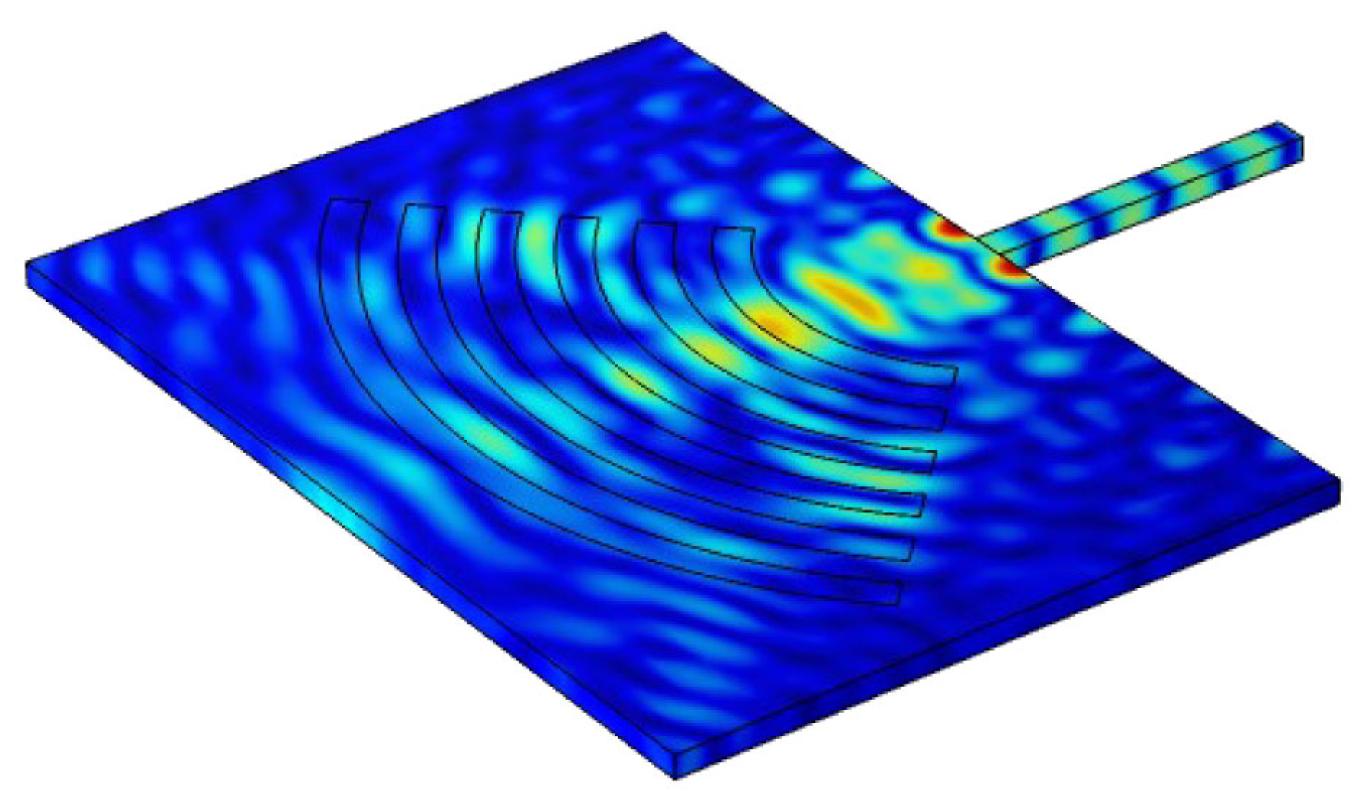
We have written a perspective review article on piezo-optomechanical approaches to quantum transduction between the microwave and optical domains.
Transduction of quantum states of light between the microwave and optical domains is being intensely investigated as a way to link superconducting microwave circuits to the optical domain. This of particular relevance in quantum computing, where superconducting qubit systems are a leading technology, but which likely will need to be networked together to enable more power computations to be performed, or to be able to communicate quantum information across long distances.
One approach for microwave-to-optical quantum transduction is to use piezo-optomechanical devices. Such devices take advantage of piezoelectric effects, which resonantly couple gigahertz frequncy microwave photons to gigahertz frequency acoustic phonons, and photoelastic effects, which couple the strain induced by the gigahertz frequency photons to optical photons. We have pursued such devices in the GaAs platform in our lab for several years now, by combining piezoelectric elements with nanoscale optomechanical crystals.
Our recent article, written together with our collaborator Krishna Balram from the University of Bristol, presents a review of results in the field, and outlines why achieving efficient transduction is inherently challenging using existing architectures. We also discuss what types of co-design approaches might be needed to overcome this efficiency bottleneck.
K.C. Balram and K. Srinivasan, "Piezoelectric Optomechanical Approaches for Efficient Quantum Microwave-to-Optical Signal Transduction: The Need for Co-Design," Advanced Quantum Technologies, 2100095 (2022).